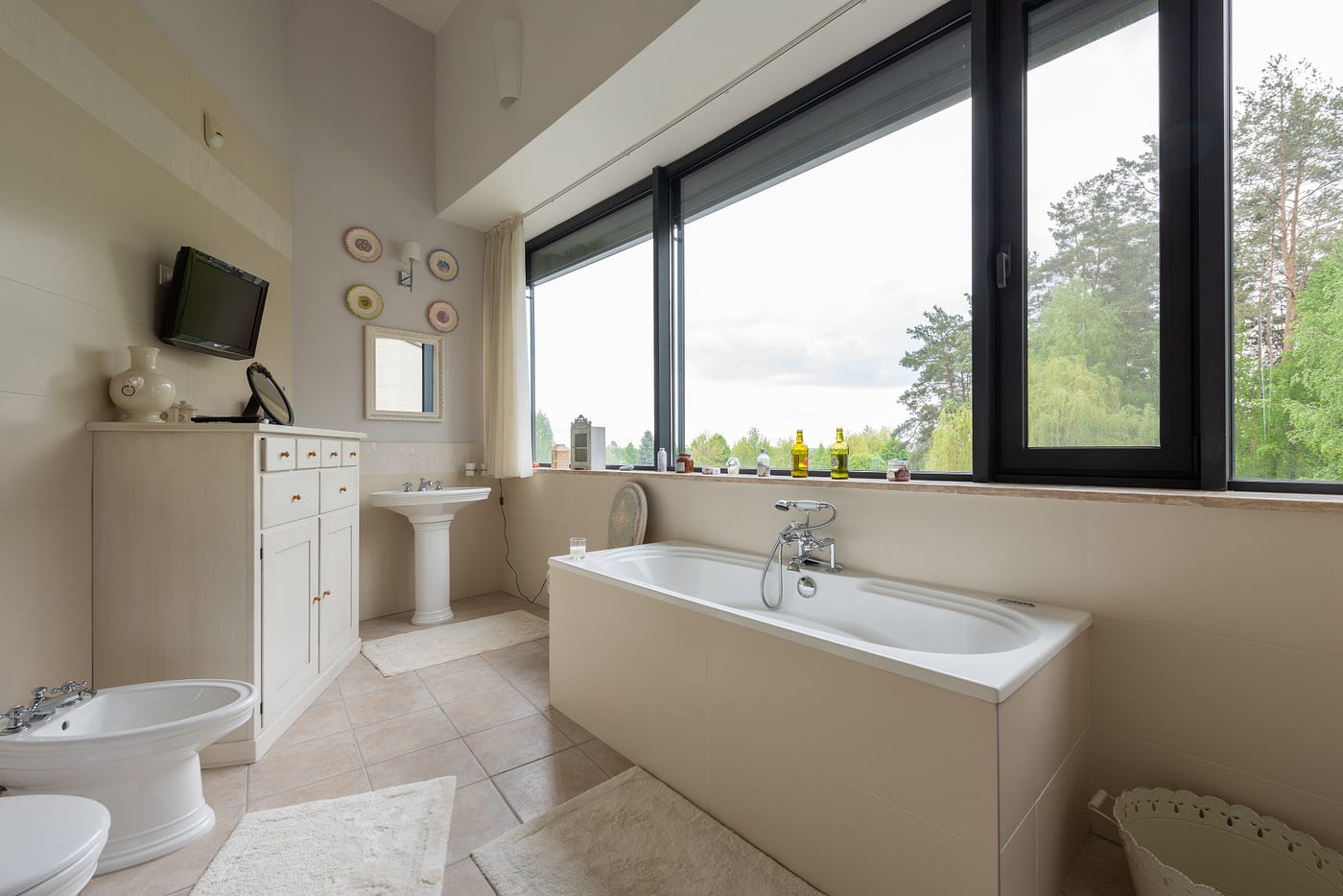Architectural interior lighting plays a crucial role in shaping the atmosphere and functionality of any space. Beyond its practical purpose of providing illumination, lighting design has become essential in interior design, impacting the overall aesthetics, mood, and occupant experience. Whether harnessing natural light to create a warm and inviting environment or selecting the right fixtures to enhance specific architectural features, understanding the principles and possibilities of architectural interior lighting is vital for creating visually stunning and functional interiors. In this article, we will explore the importance of lighting in interior design, delve into various types of architectural interior lighting, discuss the principles of effective lighting design, and highlight emerging trends and considerations for selecting the right lighting fixtures and systems.
1. Introduction to Architectural Interior Lighting
1.1 Understanding the Role of Lighting in Interior Design
When creating the perfect ambience in a space, lighting plays a crucial role in interior design. It’s like the supporting actor that sets the mood, highlights the key features, and adds that touch of magic to any room. Whether designing a cosy living room or a high-end restaurant, the lighting can make all the difference.
1.2 Historical Significance of Lighting in Architecture
The significance of lighting in architecture goes way back. From the grand chandeliers of European palaces to the clever use of natural light in ancient Roman buildings, architects have always understood the power of illumination. Lighting not only serves a practical purpose but has often been used symbolically to convey status, create drama, or set a particular atmosphere. So, when planning your lighting design, you follow in the footsteps of centuries of architectural heritage.
2. Importance of Lighting in Interior Design
2.1 Impact of Lighting on Human Perception and Well-being
Did you know lighting can affect your mood, productivity, and overall well-being? It’s true! The proper lighting can make you feel relaxed and energized or even transport you to a different time or place. On the flip side, poor lighting can be a real buzzkill. Too much glare, harsh shadows, or inadequate lighting can leave you tired and strained, affecting your ability to perform tasks effectively. So, when it comes to your interior design, don’t underestimate the power of lighting on your overall experience. For more information about interior design Click here.
2.2 Enhancing Functionality and Practicality through Lighting
Besides creating the right atmosphere, lighting also serves a practical purpose in interior design. Think about it: how often have you struggled to find something in a poorly lit room? Good lighting design should make a space look beautiful and ensure it functions well. The proper lighting can make your daily activities more accessible and enjoyable, whether it’s illuminating kitchen countertops for meal prep or providing task lighting for reading in your cosy nook.
3. Types of Architectural Interior Lighting
3.1 Natural Lighting: Harnessing Sunlight
When it comes to lighting, Mother Nature knows best. Natural lighting, harnessed through windows, skylights, or glass walls, brings in the warmth and vitality of the sun. It can make a room feel spacious and connected to the outdoors and help reduce the need for artificial lighting during the day. So, embrace those sunny beams and let them work their magic in your space.
3.2 Artificial Lighting: Types and Applications
When the sun goes down or when you need a little extra oomph, artificial lighting steps in. The options are endless, from the soft glow of ambient lighting to the focused beams of task lighting. There are pendants, recessed tracks, and funky neon lights for those who dare to be bold. With the right mix of artificial lighting, you can create layers of light that add depth and dimension to your space.
4. Principles of Effective Lighting Design
4.1 Understanding Lighting Levels and Requirements
Not all spaces require the same amount of lighting. A cosy bedroom may benefit from soft, warm lighting, while a workspace needs brighter, task-oriented lighting. Understanding each space’s lighting levels and requirements is crucial for adequate lighting design. So, before you start shopping for light fixtures, consider the purpose of the room and the activities that will take place within it.
4.2 Balancing Ambient, Task, and Accent Lighting
Just like a well-choreographed dance, the different types of lighting need to work in harmony. And let’s not forget about accent lighting, which adds drama and draws attention to architectural features or art pieces. Balancing these three types of lighting is critical to creating a visually appealing and functional space.
4.3 Color Temperature and its Impact on Interiors
Did you know that light has different colours? No, we’re not talking about disco lights. We’re referring to colour temperature, which is measured in Kelvin. Warm light (lower Kelvin) gives off a cosy and intimate feel, while cool morning (higher Kelvin) provides a more energetic and refreshing vibe. Choosing the right colour temperature can significantly impact a space’s overall ambience and mood, so don’t underestimate its power.
Remember, lighting design is not just about functionality; it’s an art form that can transform your space from drab to fab. So, embrace the power of lighting, let your creative juices flow, and bask in the glory of a well-lit interior.
5. Trends and Innovations in Architectural Interior Lighting
5.1 Energy-efficient Lighting Solutions
Regarding architectural interior lighting, energy efficiency is a crucial consideration. With the rising need for sustainability, designers are turning towards energy-efficient lighting solutions. LED technology has revolutionized the industry by providing long-lasting and energy-saving options. Not only do these lights consume less electricity, but they also emit lower heat, reducing the need for cooling systems. So, not only are you saving the planet, but you’re also saving some bucks on your electricity bill!
5.2 Integration of Smart Lighting Systems
We live in a world where everything is getting more innovative, and lighting is no exception. Intelligent lighting systems are becoming increasingly popular in architectural interior design. You can adjust the brightness and colour and create different lighting scenes with just a few taps on your phone. These systems often have built-in sensors that detect your presence and automatically turn the lights on or off. It’s like having a helpful lighting genie at your command!
5.3 Sustainable Lighting Design Practices
In architectural interior lighting, sustainable design practices are gaining momentum. Designers are incorporating natural materials, such as bamboo or recycled glass, into light fixtures to reduce the environmental impact. Additionally, they are focusing on designing lighting solutions that minimize light pollution and maximize energy efficiency. So, not only will your interior space look fabulous, but it will also positively impact the planet. Talk about a win-win situation!
6. Considerations for Selecting Lighting Fixtures and Systems
6.1 Factors Influencing Lighting Selection
Selecting the right lighting fixtures and systems for your space can be daunting. There are various factors to consider, such as the purpose of the area, the desired ambience, and the style of the interior. Each site has its unique lighting requirements. For example, a cosy living room might benefit from warm and dimmable lights, while a workspace needs bright and focused lighting. So, next time you’re stuck choosing between two gorgeous light fixtures, remember to think about how they will enhance the functionality and style of the space.
6.2 Choosing the Right Light Fixtures for Different Spaces
Different spaces have different lighting needs and aesthetics. When selecting light fixtures, it’s crucial to consider the specific requirements of each room. For instance, pendant lights can be an excellent choice for dining areas, creating a focal point and providing ample illumination. On the other hand, recessed lights can be perfect for hallways, providing a sleek and unobtrusive lighting solution. So, keep in mind the purpose and style of the space when choosing the right light fixtures, and you’ll end up with an interior that shines in every sense of the word.
7. Integration of Natural and Artificial Lighting in Interiors
7.1 Harnessing Daylight with Architectural Design
Who says natural and artificial lighting can’t be best friends? Integrating natural light into interiors is a design trend that never goes out of style. Through thoughtful architectural design, you can maximize daylight, reducing the need for artificial lighting during the day. Large windows, skylights, or even light wells can bring abundant natural light, creating a bright and inviting space. Not to mention, natural light has been proven to boost mood and productivity. It’s like having your cheerleader in the form of sunshine!
7.2 Achieving Balance between Natural and Artificial Lighting
While natural light is fantastic, it’s not always available or sufficient for all times of the day. That’s where artificial lighting comes to the rescue. Achieving a balance between natural and artificial lighting is essential to create a harmonious and well-lit space. Intelligent lighting systems mentioned earlier can help with this integration by automatically adjusting the artificial lighting levels to complement the natural light. It’s all about finding the perfect balance to highlight the beauty of your interior while ensuring functionality around the clock.
8. Techniques for Enhancing Mood and Ambiance through Lighting
8.1 Creating Dynamic Lighting Scenes
Lighting has the power to transform the mood and ambience of any space. Creating dynamic lighting scenes allows you to set the stage for different activities or evoke specific emotions. Imagine having a romantic dinner with dimmed warm lights or hosting a lively gathering with vibrant and colourful lighting. Proper lighting controls allow you to create different scenes to suit your mood or occasion easily. So, get creative and let your lighting be the show’s star!
8.2 Importance of Lighting Controls and Dimming Systems
Concerning lighting controls, dimming systems are a must-have for any interior space. They allow you to adjust the brightness and intensity of your lights, giving you complete control over the ambience. Whether you want a cozy and intimate atmosphere or a bright and energizing environment, dimming systems can help you achieve it. Not only do they provide functionality, but they also add an extra touch of sophistication to your interior design. So, don’t underestimate the power of dimming your lights and setting the perfect mood for any occasion.




